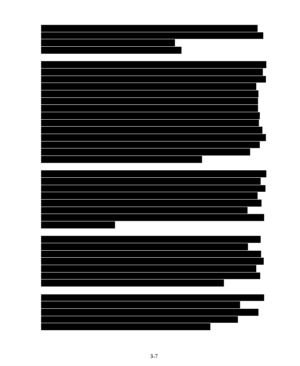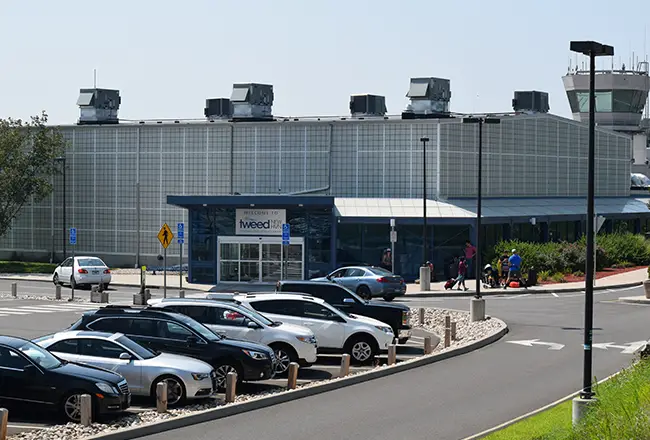
Gov. Kathy Hochul announced two major electrical infrastructure projects on Sept. 20, but the announcement made no mention of an important element of one of the projects.
In addition, only a highly redacted version of the proposal submitted to the state by the entity applying to be selected as developer of that same project is available for public inspection. The developer said it was blacking out certain information in order to keep “proprietary and/or commercially sensitive information” from public view.
The projects involve building two electric transmission lines. The project Clear Path NY (CPNY) is to be developed by the New York Power Authority and the entity Forward Power, a joint venture of Invenergy and EnergyRe.
The second power line project, Champlain Hudson Power Express (CPHE) is to be developed by Transmission Developers Inc. and Hydro-Quebec. Transmission Developers Inc. is backed by Blackstone, an investment group that in 2020 had assets under management valued at more than $619 billion.
The CPNY line would bring more than 7.5 million megawatt-hours of clean electricity to New York City every year. The transmission line would be 174 miles in length, running from Delaware County to Queens. A megawatt hour is 1 million watts of electricity used for an hour. The project”™s cost is estimated at $11 billion. It is said the project would create 8,300 jobs and, when operational, save New York City customers millions of dollars a year in electricity costs. It would be carrying electricity generated by solar and wind power in upstate and western New York state to the downstate area. The CPNY transmission line would be expected to be in service by 2027.
The CPHE project would involve a 339-mile transmission line running from Hydro-Quebec”™s wind and water-powered generating facilities in Canada”™s Province of Quebec to the Astoria Energy Center in Queens. The line would be buried underground and approximately 60% of it also placed underwater in Lake Champlain, the Hudson River and the Harlem River. According to the project”™s proposal, it could replace more than half of the electricity that had been generated by the nuclear facilities at Indian Point.

The power line would come up from under the Hudson in the West Haverstraw area and be buried underground for several miles before being rerouted underwater. The developer anticipated that traffic on Route 9W on the western side of the Hudson would be affected during the construction period.
In her announcement, Hochul said, “These transformative projects are a win-win delivering thousands of good-paying jobs throughout the state and attracting billions of dollars in private investment. They also help us turn the page on New York City”™s long-standing dependence on fossil fuels and will ensure millions of New Yorkers, especially those living in our most vulnerable communities, can have the promise of cleaner air and a healthier future.”
Not mentioned in Hochul”™s announcement is the fact that the CPHE transmission line would be bidirectional, meaning it could be powered from either end. In addition to feeding electricity to New York City, electricity from the south could be fed up to Quebec. Should there be a problem in the power system serving that part of Canada, electricity from New York could, in theory, be sent to the rescue. The proposal document notes that in recent years Hydro-Quebec, a government-owned corporation, has provided approximately 5% of New York state”™s annual electric supply.
The proposal document regarding the CPHE proposal that is available for public viewing contains 117 of its 196 pages that are mostly or completely blacked out.
The document states that the transmission line would go into service in 2025 and would eventually result in economic benefits valued at approximately $23.2 billion. Hochul”™s announcement did not state the cost for the CPHE project and it could not be located in the redacted proposal document.
Hochul”™s announcement quoted New York City Mayor Bill de Blasio as saying, “Two new transmission lines connecting New York City to electricity from water, the wind and solar will create thousands of good union jobs, improve the reliance and reliability of our power supply and dramatically reduces our reliance on oil and gas electricity that dirties the air in our neighborhoods and endangers our planet.”




















